Dimensions, density and weight of plexiglass
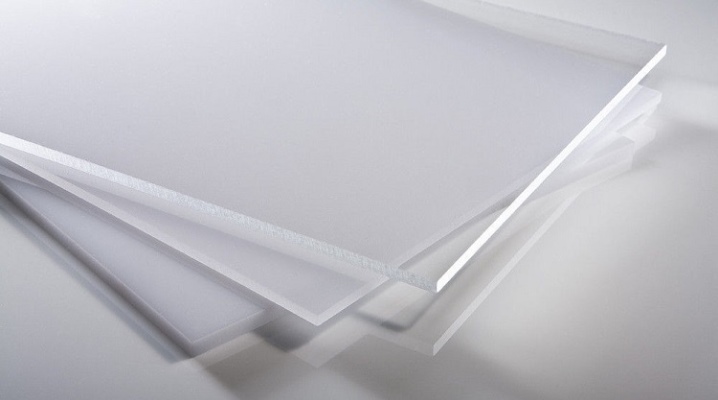
Plexiglass (polymethyl methacrylate) was invented by a German scientist Otto Rohm. A production of the material began in 1933... Now it is popular in various fields: mechanical engineering, construction, medicine, architecture and design.
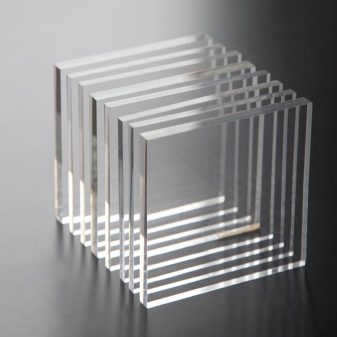

Peculiarities
Organic glass (PMMA) is produced in two types in accordance with GOST standards:
- TOSP - plasticizers are added to the material, due to which its physical and mechanical properties are improved. The material is easy to mold. It is used for the manufacture of complex structures, containers, souvenirs. The main difference is the wide color palette.
- TOSN - plexiglass without plasticizers. Resistant to sudden changes in temperature and chemicals. Color - transparent, produced in blocks.
Advantages of acrylic glass:
- strength - it is not easy to break, when compared with traditional glass, so many things began to be produced from acrylic;
- ease of processing - a very useful property for design: the material can take on the most unusual forms;
- light weight - it became much easier to move such glass;
- transparency - even colored items have a high degree of transparency.
- moisture resistance - the material is resistant not only to water, but also to many chemical elements.
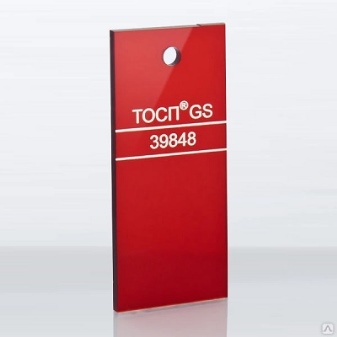
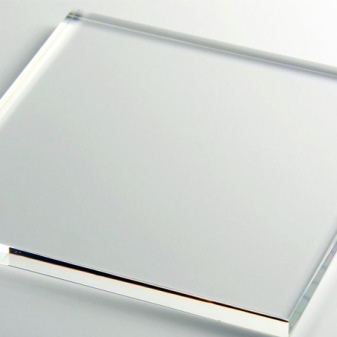
According to the manufacturing method, organic glass can be of several types.
- Extrusion (low molecular weight)... It is made by the method of continuous extrusion of the finished mass through a forming extruder. Then the workpieces are cooled and cut into sheets of certain sizes.
- Injection molding (high molecular weight). This material has better characteristics than extrusion glass. It features a smooth and transparent surface, shock and crack resistance. Withstands high temperatures and is not exposed to chemicals. It is made by pouring a liquid mass between two planes with further hardening.
- Sheet. To add haze or light scattering, polystyrene is present in the composition. The ability to transmit light varies from 25 to 75%.
Sheet glass, in turn, is divided into glossy milky and satin plexiglass.
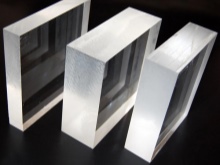
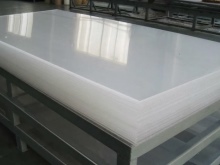
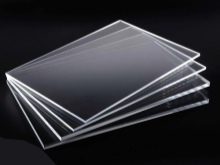
Thickness
The sheet thickness can vary from 1 to 30 mm. The scope of application of PMMA will also change from this parameter. Thin acrylic glass 1 mm used for the production of optical instruments, watch dials and other products. Material thick 2 mm popular in decoration and interior design, suitable for making various tables and stands.
Plexiglas 3 mm, 4 mm, 5 mm, 6 mm, 8 mm and 10 mm thick widely used in mechanical engineering, aviation, furniture industry. From glass 12 mm vs 16 mm you can build stairs, partitions. And the thickness 20 mm and is more suitable for the production of transparent pools and awnings.
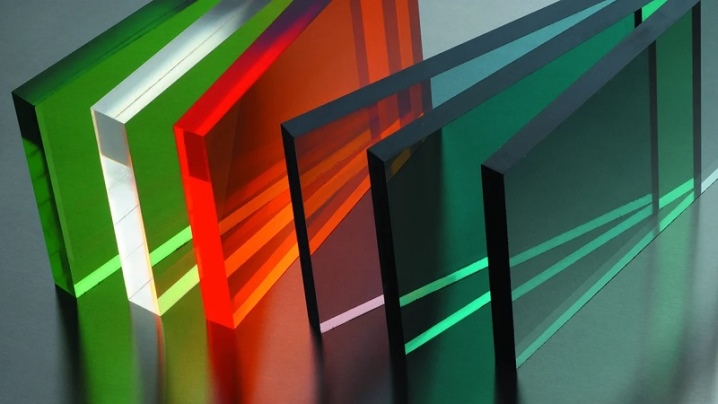
Sheet dimensions
Plexiglass is produced in several modifications: sheets, rods, blocks, pipes and other products. Sheets and blocks are mainly produced in the form of a rectangle. Standard sizes are 125x115 cm, 160x140 cm, 205x305 cm. Material with other parameters can be made to order.
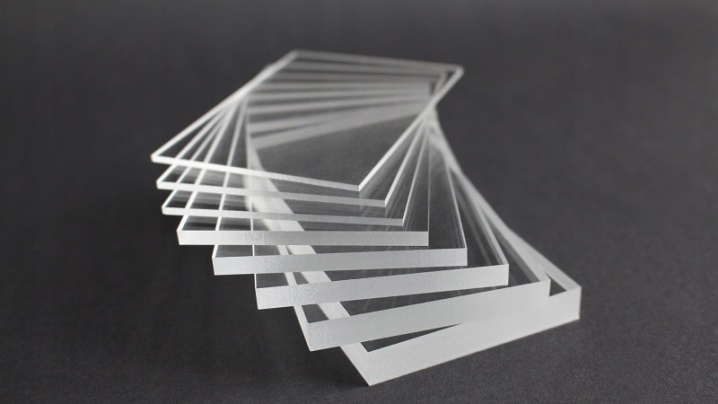
Density and weight
The density of plexiglass, depending on the brand, can vary from 1.1 to 1.2 g / cm3, but the default is always 1.2 g / cm3. Temperature range - from –60 to + 100 ° С. This material does not conduct electricity and heat, therefore it may well be used as an electrical and heat insulator. Due to its low weight, plexiglass began to be used in many areas. When decorating rooms and other premises, the material does not exert a high weight load on the surface, which is important for apartments in high-rise buildings. When glazing vehicles, not only lightness, but also the strength of the material plays an important role.
Besides, the weight of PMMA directly depends on the type of material and the method of its manufacture... For example, extruded glass weighs 15-20% less than a cast analogue. Plexiglas weighs 2.5 times less than ordinary glass with the same length, width and thickness of the sheet, made on the basis of quartz sand. For example, silicate glass with dimensions 120x200 cm has a weight of more than 7 kg, and acrylic glass - 3 kg.
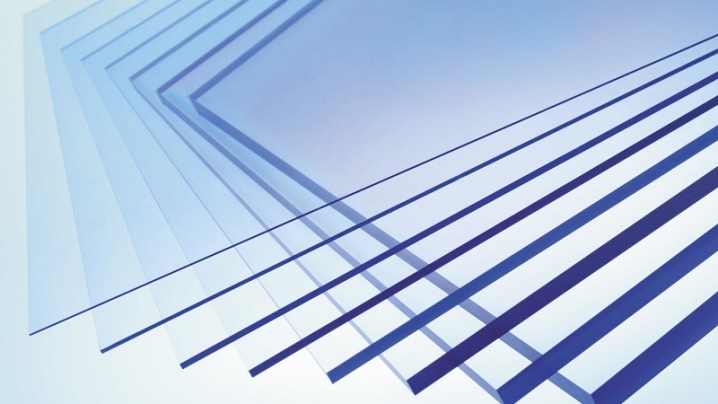
When using any type of block polymethyl methacrylate, the following formula can be used to calculate the weight:
TxWxDxP = weight (g),
where T is the thickness (mm), W is the width (mm), D is the length (mm), P is the density of the material.
For example, plexiglass with parameters 20x800x800 mm, having a density of 0.0012 g / mm3, will weigh:
20x800x800x0.0012 = 15360 g (15.36 kg).
When calculating, it is important to remember that all values must be in the same units of measurement.
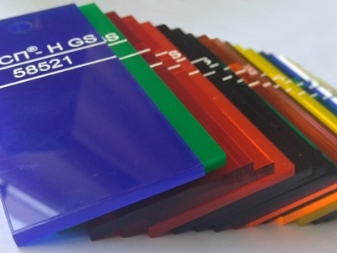

For information on how to properly cut plexiglass, see the next video.













The comment was sent successfully.